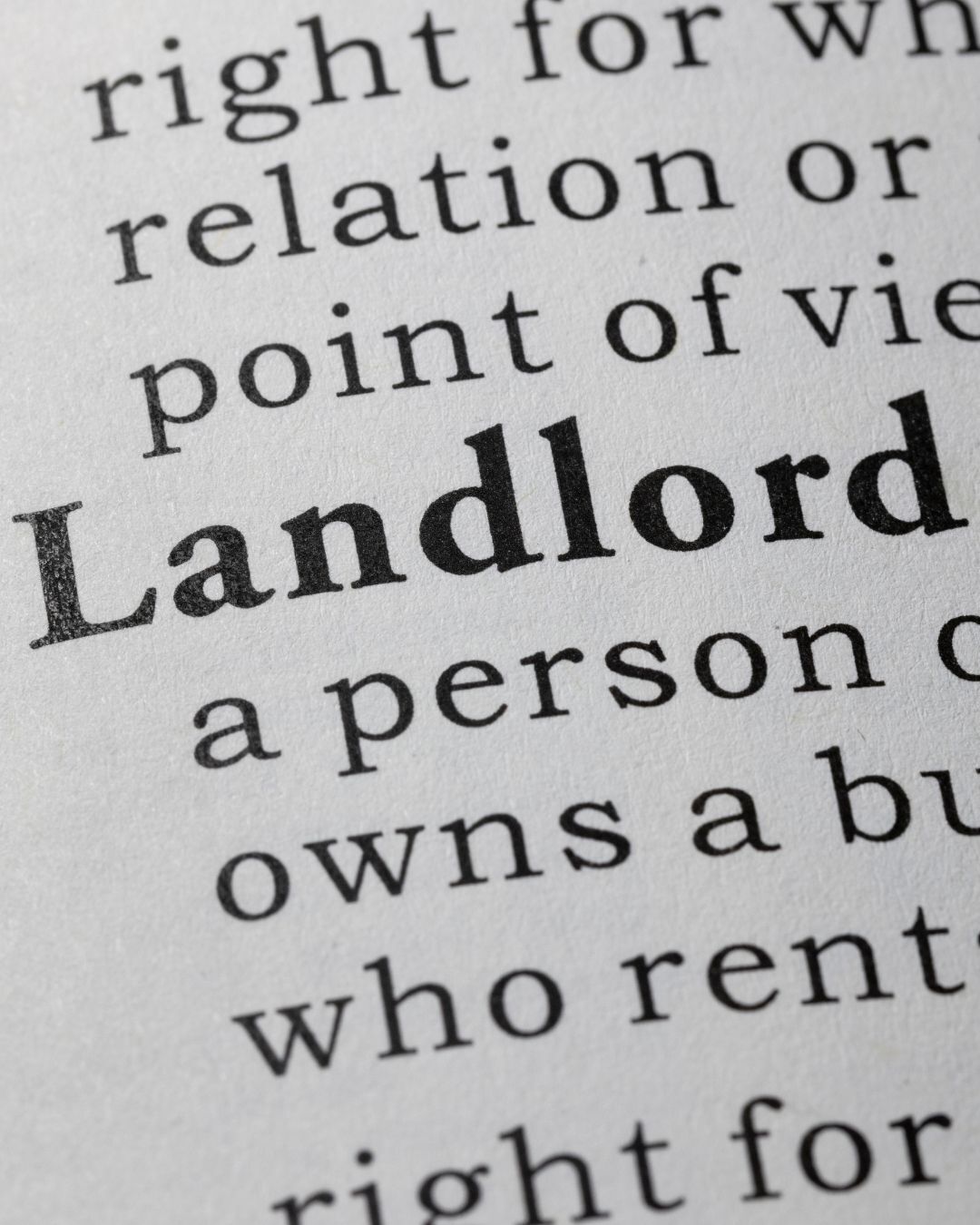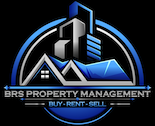Becoming a landlord can be a great way to generate passive income, but many first-time property owners underestimate the true costs involved. While the mortgage payment is a significant expense, there are many other financial responsibilities that can impact your bottom line. In this guide, we’ll break down the hidden costs of rental property ownership so you can budget wisely and maximize your profits.
What Are the True Costs of Being a Landlord?
Property Maintenance & Repairs
Even if your property is in excellent condition, wear and tear is inevitable. From leaky faucets to roof repairs, landlords must be prepared for unexpected expenses.
✔ Estimated Cost: Plan to set aside at least 1-2% of the property’s value per year for maintenance.
🔹 Common Expenses:
HVAC servicing
Appliance repairs/replacements
Plumbing and electrical fixes
Roof and siding maintenance
Landscaping and snow removal
➡ Related: How to Handle Tenant Complaints and Disputes Effectively
Property Management Fees
If you don’t want to handle tenant screening, rent collection, or maintenance requests, hiring a property management company is a smart investment.
✔ Estimated Cost: Typically 8-12% of monthly rent plus leasing fees.
Vacancy Costs
Even the best properties experience vacancies, which means months without rental income.
✔ Estimated Cost: Budget for at least one month of lost rent per year to cover vacancies.
🔹 Ways to Reduce Vacancy Costs:
Price your rental competitively
Keep your property well-maintained
Market your listing effectively
Work with a property management company
Insurance & Liability Coverage
Landlord insurance costs more than a standard homeowner’s policy but provides essential protection against property damage, liability claims, and lost rental income.
✔ Estimated Cost: $800-$2,500 per year, depending on the property size and location.
🔹 Additional Coverage Options:
Flood insurance
Umbrella liability policies
Rent loss insurance
Property Taxes
Rental properties are often taxed at a higher rate than primary residences. Be sure to check your local tax laws and factor this cost into your budget.
✔ Estimated Cost: Varies by location but can be 1-3% of property value annually.
Legal & Compliance Costs
Landlords must comply with fair housing laws, lease agreements, and eviction procedures. Legal fees can add up quickly, especially if you need to evict a tenant.
✔ Estimated Cost: $500-$5,000 per year for legal assistance, depending on complexity.
🔹 Ways to Avoid Legal Issues:
Use clear, legally sound lease agreements
Keep detailed records of all tenant interactions
Follow state and local landlord-tenant laws
➡ Related: What Every Landlord Should Know About Rental Property Laws
Capital Expenditures (CapEx)
Major renovations like replacing a roof, installing new windows, or upgrading plumbing systems fall under capital expenditures. These costs don’t occur every year but can be substantial when they do.
✔ Estimated Cost: $5,000-$15,000+ per major repair, depending on the property’s condition.
🔹 Smart Planning Tip:
Set aside a CapEx fund and budget for major repairs every 5-10 years. H2: How to Budget for the True Costs of Rental Property Ownership
To avoid financial surprises, landlords should calculate all potential costs upfront. A good rule of thumb is to allocate:
50% of rental income for expenses (mortgage, maintenance, taxes, etc.)
10% for unexpected repairs
5-10% for vacancies
Is Being a Landlord Still Worth It?
While rental properties come with hidden costs, they can still be a profitable long-term investment with the right planning. To succeed, landlords must:
✔ Set realistic rent prices
✔ Budget for unexpected expenses
✔ Work with professionals (property managers, legal experts, accountants)
✔ Regularly maintain their properties
📢 Need help managing your rental property? BRS Property Management can help you maximize your returns while minimizing stress.
🎥 Watch Jason Garvan of BRS Property Management discuss rental property success strategies: YouTube Video.
(586) 932-2660


